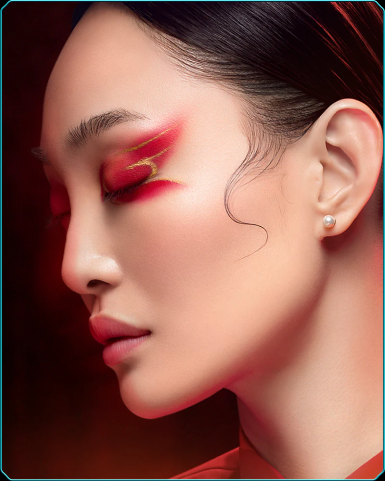Guochao is here to stay | WARC | The Feed
The Feed
Read daily effectiveness insights and the latest marketing news, curated by WARC’s editors.
You didn’t return any results. Please clear your filters.

Guochao is here to stay
The guochao trend shows no signs of slowing, with the number of Chinese brands on Douyin rising sharply in recent months, but how many of those will last is another question.
Key data
The 11 months from April 2021 to March 2022 saw a 508% increase in the number of domestic brands on the streaming platform, China Daily reports; and such brands comprised 92% of the top-sellers.
And at the end of last year, there were more than 78,000 domestic brands on lifestyle platform Xiaohongshu, which users had searched for more than 1.2 billion times
Context
Consumer sentiment has shifted in recent years, partly as economic policy has moved towards encouraging greater domestic consumption, partly as people – and the young especially – have shown greater national confidence in China. The overseas travel restrictions imposed by the pandemic have given the trend further impetus as increased domestic tourism has driven a new focus on local history and traditions.
Additionally, there have been well-publicised instances of Western brands being called out for real or perceived geopolitical and cultural insensitivities, but they “are getting better at navigating the marketing waters in China, listening more to local staff, and delving into the real lives of their customers”, Jing Daily observes. The title adds that local brands have also faced backlashes when they’ve behaved wrongly.
Why it matters
Foreign brands have to make greater efforts to understand the Chinese market, but local brands don’t automatically get everything right. Given the flood of new brands entering the market, there are inevitably opportunists who are jumping on the bandwagon.
Beauty blogger Sister Cola told China Daily: “The beauty industry has entered the fast lane, assisted by rising confidence in Chinese brands. However, many new brands initially rely too heavily on marketing, and later struggle. Finding ways to meet increasing demand with better products is a key factor that tests whether brands survive or disappear.”
Contrast that marketing-led approach with the strategy of five-year old cosmetics company Florasis, which keeps in direct touch with consumers through various platforms and operates a program in conjunction with 200,000 consumers who help choose the right items to market.
“It usually takes about 21 months to complete the research and development of a single item, which has to pass tests among at least 1,000 product testers before it can be put on the market,” Meng Meng Huo, vice-president of Florasis, told China Daily.
Sourced from China Daily, Jing Daily
[Image: Florasis]
Email this content
